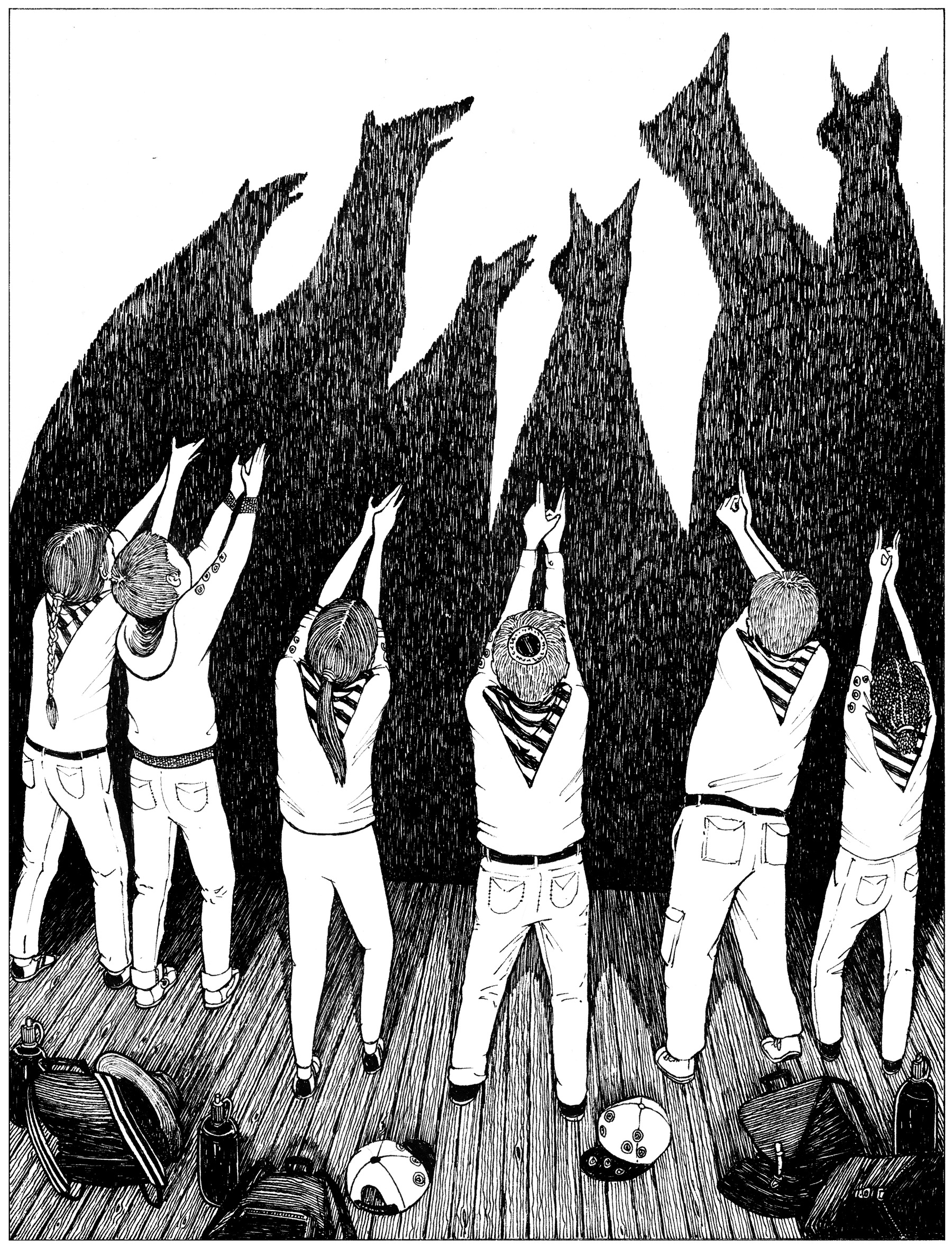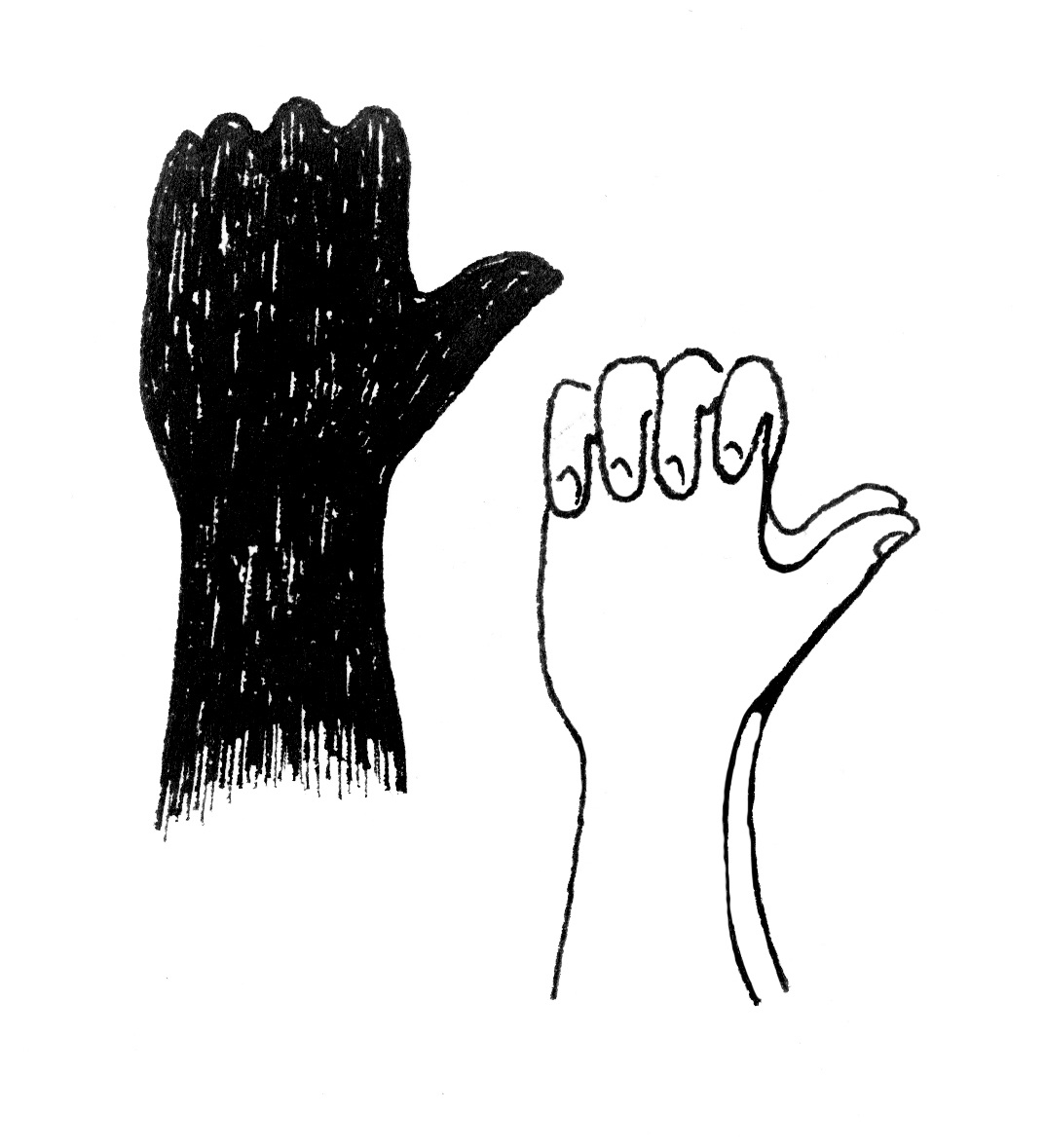Try shadow puppetry with your Scouts
Telling tales by torchlight is a pastime Scouts have always enjoyed. Here, we explore the ancient art of shadow puppetry, and share some shapes to recreate on your next camp

Created by shining a light into darkness, shadow puppetry is one of the oldest forms of storytelling in the world.
At their most elaborate, puppets are constructed in separate pieces that are then put together, using strings or wires that can be manipulated to create the illusion of movement behind a lit screen. But they can also be made using your hands, a blank canvas to project your shadow onto (such as a wall) and a simple light source. Torches work best, but the glow from a smartphone will do. With a little imagination, even the stuffy interior of a tent can become a cinema screen.
The first shadow puppets
According to the popular Chinese legend, the first handheld shadow puppets were developed during the rule of Emperor Han Wudi of the Han Dynasty (202 BC–AD 220).
The origin story begins with the death of the emperor’s lover, Lady Li. Desperate to maintain power, aides scrambled to save the ruler from the depths of his grief but nothing worked. Until one day, when a trusty advisor saw some children playing with parasols under the midday sun.
Inspired by the vibrant shadows their movements cast across the courtyard, he cut a figure resembling Lady Li from some fabric, and projected her ghostly shadow onto some curtains.
Overcome by the shadow’s likeness, the emperor’s spirits began to lift and, slowly but surely, his health was restored. He ruled for a further 54 years.
Meanwhile, shadow puppets took off, spreading first to rural China where they became popular among farmers keen to entertain one another during the off season, then further afield.
Around the world
Today, the stories narrated using shadow puppets vary from country to country. In Indonesia, wayang kulit – an epic form of shadow play, which can be traced back to the spread of Hinduism in the medieval era – remains part of native culture, with its timeless fables of good vs. evil captivating tourists and locals alike.
In Turkey, the tales of Karagöz and Hacivat – a duo representing the conflict between the working masses and the elite – still hold a place in public life thousands of years after they were first shared – acting as an outlet to express political opinion, and poke fun at the elements of life that are often overlooked and oversimplified.
In Britain, the puppet shows which once dominated Victorian theatres and homes are now few and far between. But, in tents across the county, there is a flickering glimmer of the past. Whether they know it or not, Scouts play a small part in keeping this tradition alive, every time they turn on their torches.
Put on a show
Why not have a read of these animal facts with your young people, then create some shadow puppets of your very own? It’s easy! We promise.

Cow (Bos taurus)
- Just as no two humans have the same fingerprint, no two Fresian cows (the most common black and white variety) have exactly the same pattern of spots.
- Cows have an excellent sense of smell and can detect odours up to six miles away.
- The average cow chews around 50 times per minute. That’s 72,000 chews per day!

Dog (Canis lupus familiaris)
- Dogs’ eyes contain a special membrane that allows them to see in the dark. This is why their eyes sometimes appear to glow at night.
- Dogs sleep curled up in a ball because, in the wild, this helped them to keep warm and protect their vital organs from predators.
- Three dogs survived the sinking of the Titanic – two Pomeranians and a Pekingese.

Goat (Capra aegagrus hircus)
- A baby goat is called a ‘kid’. When a goat gives birth, it’s known as ‘kidding’.
- Goats have rectangular pupils, giving them a fuller range of vision that humans and other animals.
- Abraham Lincoln kept two goats during his time as President: Nanny and Nanko. They were beloved by his son, who used them for chariot rides around the White House.

Pig (Sus scrofa scrofa)
- Extraordinarily intelligent, pigs are widely accepted as being smarter than dogs, some primates, and even young children.
- Wild pigs play an important role in managing ecosystems. Disturbing the soil creates areas for new plants, and they disperse fruit seeds.
- A pig’s squeal can be as loud as 115 decibels – three decibels higher than a supersonic jet.

Rabbit (Oryctolagus cuniculus)
Today we classify the rabbit as a small mammal. Until 1912, it was known as a rodent. Rabbits’ teeth never stop growing, but are naturally kept short through the wear and tear of chewing. Wild rabbits live in warrens. These underground tunnels are often large and complex. One warren in Europe housed 450 rabbits and had 2,000 entrances.

Rooster (Gallus gallus)
- Chickens are the closest living relative of the T. rex, but notably less scary.
- Chickens use more than 24 noises to communicate. ‘Kuh-kuh-kuh-kuh-KACK!’, for example, roughly translates as ‘I sense danger.’
- Chickens display object permanence – an understanding that when an object is hidden, it still exists. Young children don’t have this ability.